
Commemorating a historic event for human spaceflight …
“We choose to go to the Moon …”
An update on plans for Artemis I …
And what NASA’s Perseverance rover is up to on Mars … a few of the stories to tell you about – This Week at NASA!
The 60th Anniversary of JFK’s Speech at Rice University
On September 12, NASA and Rice University commemorated the 60th anniversary of John F. Kennedy’s historic speech at Rice in 1962. In that speech, the President recommitted the nation to the goal he had proposed to Congress in May 1961 of landing astronauts on the Moon before the end of the decade and returning them safely to Earth. As NASA Administrator Bill Nelson pointed out during the keynote address at the event, the President’s speech helped advance our leadership in human spaceflight back then, and it continues to inspire us today as we work to send humans back to the Moon and, eventually to Mars as part of NASA’s Artemis program.
“60 years ago, President Kennedy put wind in our sails on the new sea of space exploration and that mission is never-ending. It’s a mission about science and the advancement of the human spirit to expand what is possible.” — Bill Nelson, NASA Administrator
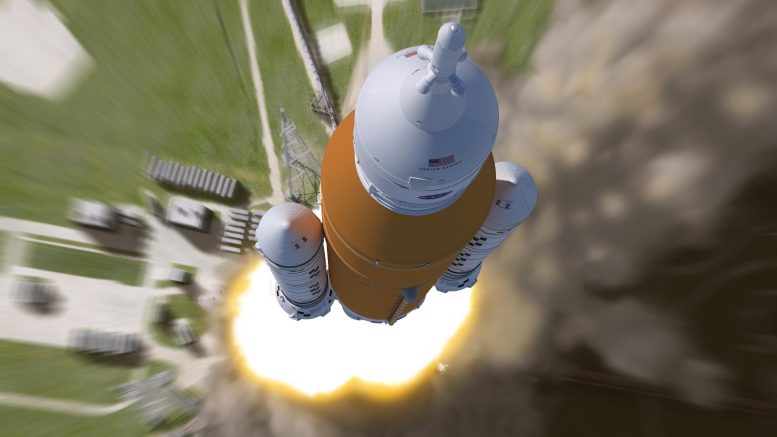
This artist’s rendering shows an aerial view of the liftoff of NASA’s Space Launch System (SLS) rocket. This Block 1 crew configuration of the rocket will send the first three Artemis missions to the Moon. Credit: NASA/MSFC
New Target Dates for Critical Artemis I Test and Launch
A cryogenic demonstration test for our uncrewed Artemis I flight test is now targeted for no earlier than Wednesday, September 21. Meanwhile, the agency has requested a September 27 launch opportunity for the Space Launch System, or SLS rocket and Orion spacecraft, with a potential backup opportunity of October 2 under review. During the cryogenic demonstration, teams will load super cold liquid oxygen and liquid hydrogen into the core stage and interim cryogenic propulsion stage of the SLS to confirm that a hydrogen leak has been fixed. Artemis I is the first integrated flight test with the SLS and Orion. The mission will send Orion beyond the Moon and return the spacecraft back to Earth.
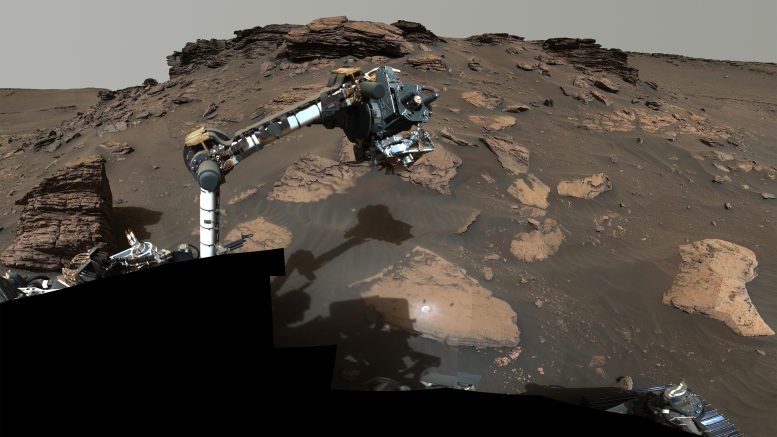
NASA’s Perseverance rover puts its robotic arm to work around a rocky outcrop called “Skinner Ridge” in Mars’ Jezero Crater. Composed of multiple images, this mosaic shows layered sedimentary rocks in the face of a cliff in the delta, as well as one of the locations where the rover abraded a circular patch to analyze a rock’s composition. Credit: NASA/JPL-Caltech/MSSS
Perseverance Rover Investigates Geologically Rich Mars Terrain
NASA’s Perseverance rover is collecting samples and analyzing the composition of rocks at an ancient river delta located in the Red Planet’s Jezero Crater, an area long considered by scientists to be a top prospect for finding signs of possible ancient microscopic life. In its analysis of a sample from a rock named Wildcat Ridge, the rover’s SHERLOC instrument registered the most abundant organic detections on the mission to date. Further conclusions about what is contained in this sample will have to wait until it’s returned to Earth for in-depth study as part of the Mars Sample Return campaign, an international collaboration led by NASA and the European Space Agency.
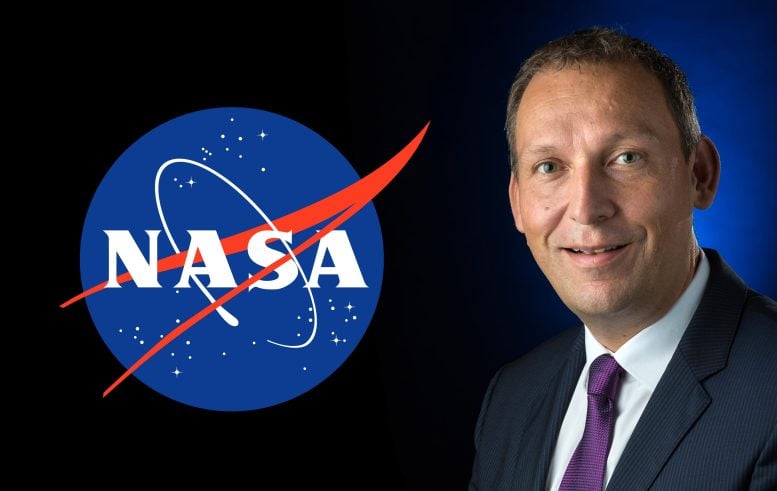
Dr. Thomas Zurbuchen, the associate administrator for NASA’s Science Mission Directorate. Credit: NASA
NASA Announces Pending Departure of Science Associate Administrator
Dr. Thomas Zurbuchen, the associate administrator for NASA’s Science Mission Directorate, is planning to leave the agency at the end of 2022. His six years at NASA have included some of the agency’s most inspirational moments, from sending the first spacecraft to touch the Sun, to launching and sharing the first images from the James Webb Space Telescope, to landing the Perseverance rover on Mars along with the Ingenuity helicopter that went on to make the first powered, controlled flight on another planet. The agency is conducting a nationwide search and open competition for a new associate administrator.
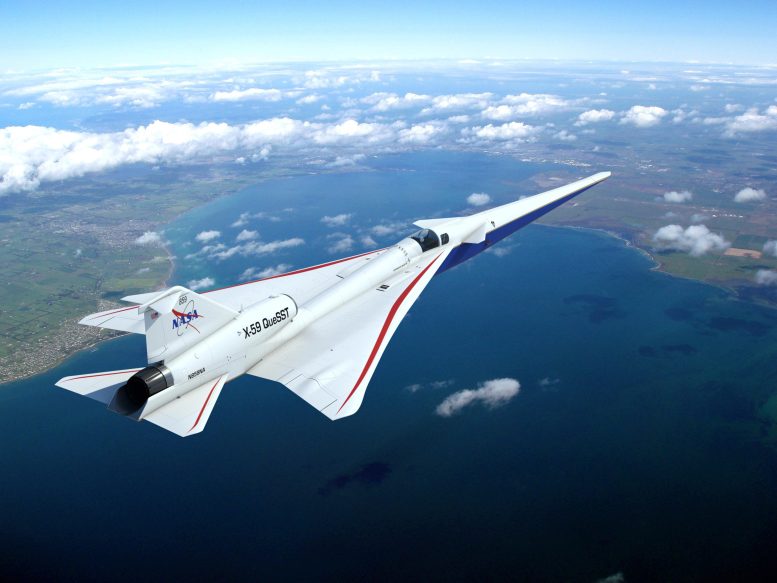
This artist’s concept of NASA’s QueSST jet reflects the airplane’s final configuration following years of research and design engineering. Credit: Lockheed Martin
Ground Recording Stations Tested for Future Quiet Supersonic Flight
The team at NASA’s Armstrong Flight Research Center recently completed a flight series called CarpetDIEM which tested state-of-the-art ground recording stations designed to hear and record the unique sounds that will be generated during future supersonic flights by NASA’s X-59 aircraft. The X-59’s goal is to reduce the intensity of sonic booms, which are heard when an aircraft flies faster than the speed of sound, to a quiet sonic “thump.” When the X-59 flies, NASA will record the sonic thumps as part of the effort to validate its quiet supersonic design.
That’s what’s up this week @NASA …




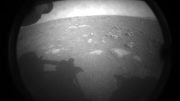
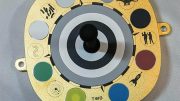
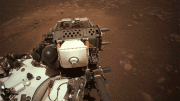
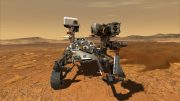

… we don’t need that, we need another 0 – 1!!!
Nice when they get that pesky check rocket light from false triggering.